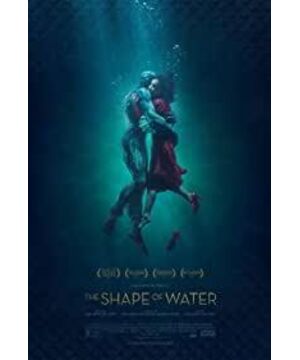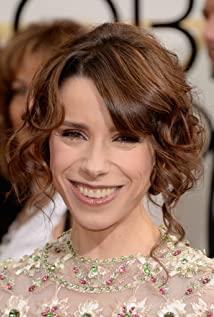In the ten feature films directed by Gilmour del Toro so far, the monster image is undoubtedly more important than the human role. Some of them are more like humans than humans, and some make humans more like humans. This insistence naturally has a long tradition: since Mary Shelley's "Frankenstein" was born 200 years ago, monsters have been more than pure incarnations of fear. In many cases, monsters are symbols of human beings' self-destruction and self-destruction in the name of "non-self races." In them, they are even more humane.
Del Toro’s monster movies are, to some extent, an organic combination of Disney’s traditional hand-drawn animations and universal classic monster movies. In image, with modern makeup techniques and traditional styling designs, they can well convey the sense of fear and horror; in spirit, they are often as delicate as human beings, and even simple and uncontested. In contrast, it is the greed, cruelty and ruthlessness of human villains. "The Shape of Water" does not have much innovation in conception. It is still the anti-tradition of black fairy tales, and it is still the exploration of the origin of human emotions and the reflection of the social environment. But under the rendering of Del Toro's retro romanticism, it appears to be extraordinarily emotional. Every shot is his palette, which brings effective visual shock.
Del Toro, who has long wandered between entertainment blockbusters and art movies, has found a new gene in "The Shape of Water", and thus offered his best work since "Pan's Labyrinth".
In "The Shape of Water", art director Paul Osterbury provided a unique visual experience for the film through high-level scene design. The dark and humid air seemed to leap above the pores. Through the use of light, photographer Dan Rostsing's shots in "The Shape of Water" are beautiful, deep and dreamy, forming a good organic combination between action drama and literary drama.
We have also seen the shadows of many classic movies: "ET Alien", "King Kong", "Black Lake Demon", and "Beauty and the Beast". "The Shape of Water" repeatedly shows the demonization of the "non-self race" and the ruthless denial of the dignity of life. In terms of character design, the "advanced" gay and African-American couples give the film a more real sense of racism and social divisions, and break the boundaries between screen fairy tales and the real world.
As another mainstream movie to save the "Alien" in 2017 (the other is "The Jade"), "The Shape of Water" is very satisfying in its performance-of course, this is also the basic principle of Del Toro: Setting up a series of real human characters in the fantasy world is far more important than the endless pursuit of special effects. Except for "Paddington Bear" and "Blue Jasmine", this is one of the rare movies in which Sally Hawkins plays a major role. This well-qualified and talented British actress received much attention in her early years with a series of literary TV works such as "Refining the Craftsmanship", and was also won with Mike Lee's "Worry-free" Multiple actress awards. But in any case, her image of a dumb woman in this film is very convincing and appealing. No lines are needed, just through her sign language or a look in her eyes, it is enough to show the character's abundant emotions.
And Doug Jones, who played with him, is also one of the secrets to the success of "The Shape of Water". This is the sixth del Toro movie he participated in. In this film, he only uses pantomime-like gestures to make this alien character show human-like intelligence, soul and curiosity, and is also extremely credible. In terms of other actors, Octavia Spencer, just like this year’s "Hidden Figures", brought a breath of fresh air to the film. Together with Richard Jenkins, he provided most of the interesting passages in the film. . As for Michael Shannon’s villain, although he lacks surprises, he can’t pick out any problems.
For an actor who assumes the role of anti-number one, it is considered to have completed an important task.
A good artist does not necessarily please the audience, but he will please himself. In most of Del Toro's works, these two things can be well integrated, and we can also see the dedication of many artists on stage and behind the scenes. Del Toro knows how to turn illusory dreams into reality, and can also give keen insight and deep meaning to his works, and "The Shape of Water" is no exception.
Compared with "Pan's Labyrinth" and "Scarlet Peak", although it adopts a similar surreal theme, "The Shape of Water" is obviously lighter and more interesting than the previous Del Toro movies-this It is not that the film is free of blood and violence, but that romantic emotional stories are the core of the film. Del Toro uses this to explore the true meaning of love, and this process has become a real beauty.
"The Shape of Water" is a strange and touching outstanding work. If Del Toro’s previous movies were too dark or scary for you, then the charming fantasy of "The Shape of Water" will definitely let you discover his beauty.
View more about The Shape of Water reviews











